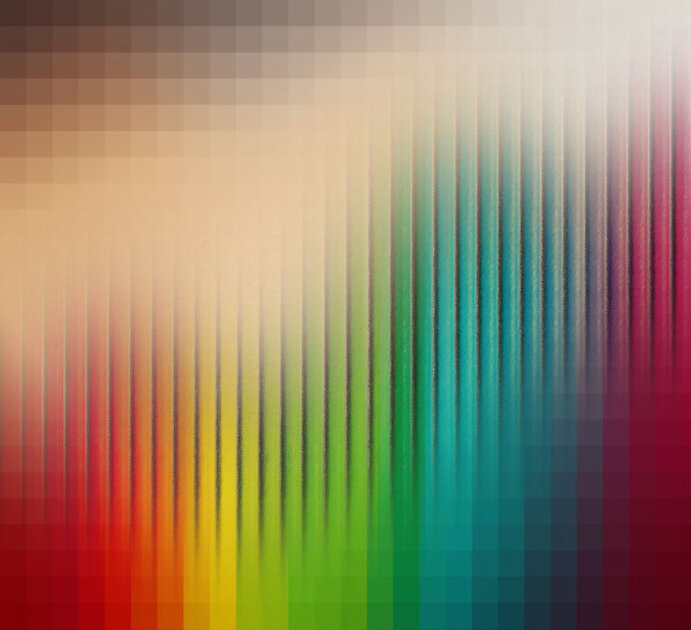
Our Gemara on Amud Beis discusses a quantity of dust and decay from a corpse that renders a Nazir impure, and requires him to restart his Nazir observance. This Shiur is known as Maleh Tarvaad, the amount that fills a ladle.
This small remainder of a human being is discussed elsewhere with theological significance. Pirke De-Rabbi Eliezer (34) says the dead will be resurrected from these remains. Mateh Moshe (513, also see Eliyahu Rabbah OH 300:2) explains that one who eats Seudas Melave Malka will merit the resurrection from this same last human remains, which in other areas is described as the tailbone.
What is the connection? Symbolically we can see the obvious correlation. If one honors the ending of Shabbos, even as it is technically over with, so to the final remains of a person, the last bits that have not decayed, will merit a resurrection.
What kind of clever derush is this? Does it really make sense that one should merit something as grand as being revived from the dead for eating this final meal? And though there is a symbolic correspondence, does it really follow in classic middah kneged middah measure for measure compensation? Are the two equivalent?
To answer this, it is important to understand a foundational Jewish theological principle, which we have discussed elsewhere, that Jewish words which correspond to physical realities are actually metaphors for spiritual realities. This is the opposite of secular mentality. Our “reality“ is not the true reality. Our “reality“ is the metaphor and symbol for the ultimate spiritual reality. The Shalah (Toldos Odom:15) states that every word in Hebrew, the holy tongue, is a metaphor or borrowed term for a broader spiritual reality. For example, he says the Hebrew word for rain, geshem, is not actually rain. Rather it means the way in which God brings down sustenance and blessings from the upper world to all the lower worlds to allow for growth and development. In this world, rain is the physical manifestation of that, and thus Hebrew uses geshem as a metaphor to represent rain.
With that introduction, it is easier to understand how eating the Melave Malka seudah effectuates a revival of the dead from the maleh tarvaad human remains. By celebrating and clinging to spirituality as Shabbos wanes, one is not merely engaging in a symbolic act of resurrection, but one is actually performing resurrection. Celebrating and holding onto the holiness of Shabbos as the week begins, IS RESURRECTION OF THE DEAD. That one day, it will be physically enacted, is simply the metaphor.
Translations Courtesy of Sefaria, except when, sometimes, I disagree with the translation ![]()
If you liked this, you might enjoy my Relationship Communications Guide. Click on the link above.
Rabbi Simcha Feuerman, Rabbi Simcha Feuerman, LCSW-R, DHL is a psychotherapist who works with high conflict couples and families. He can be reached via email at simchafeuerman@gmail.com
 Previous
Previous

